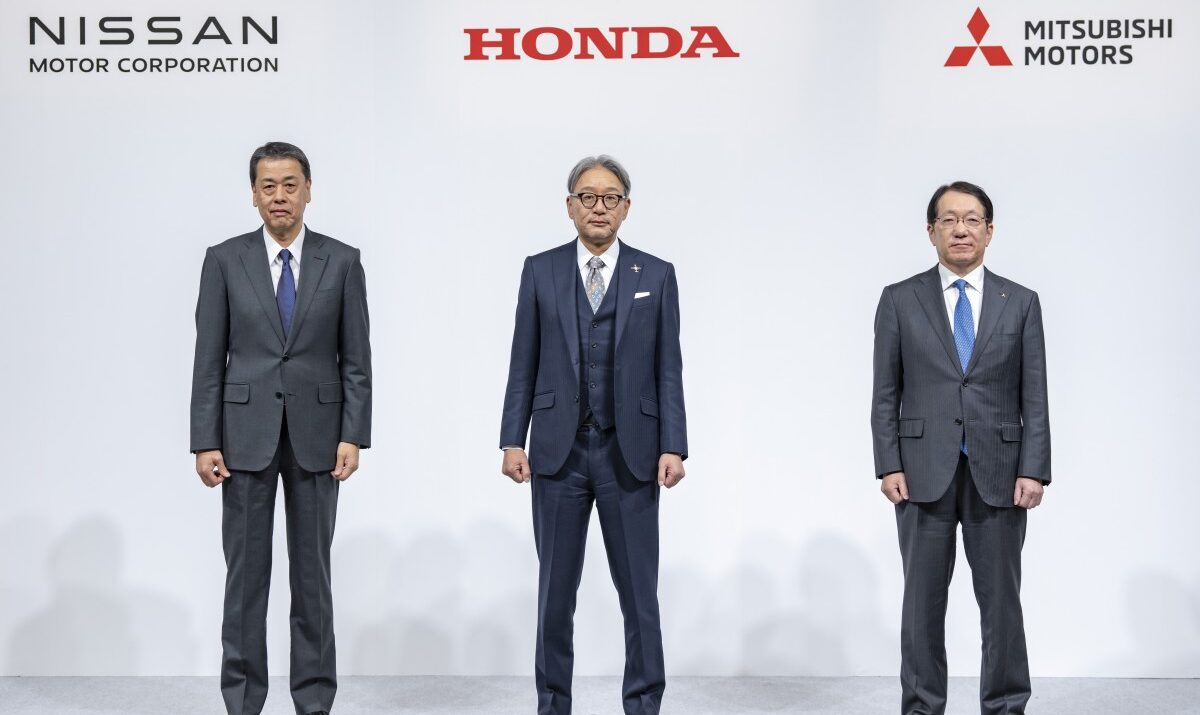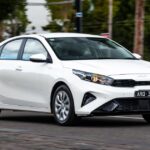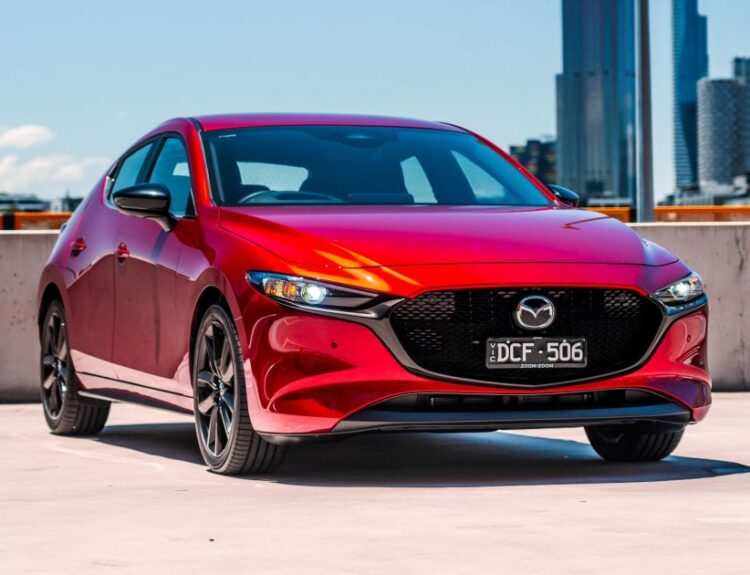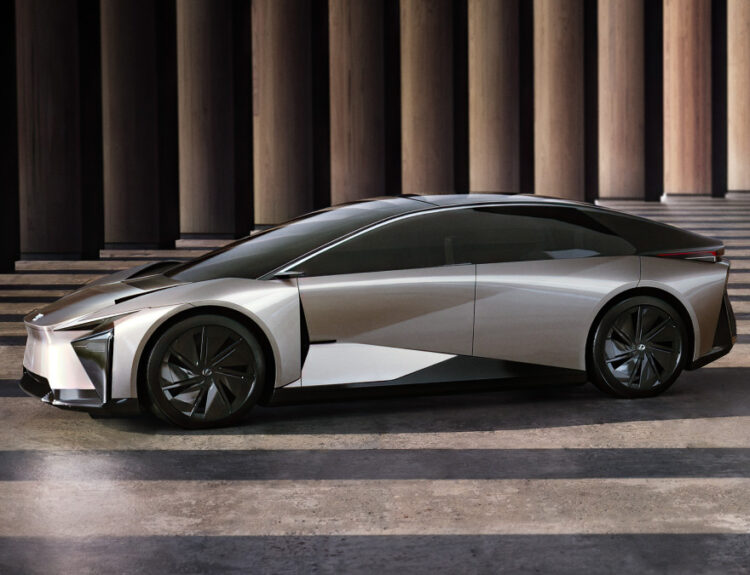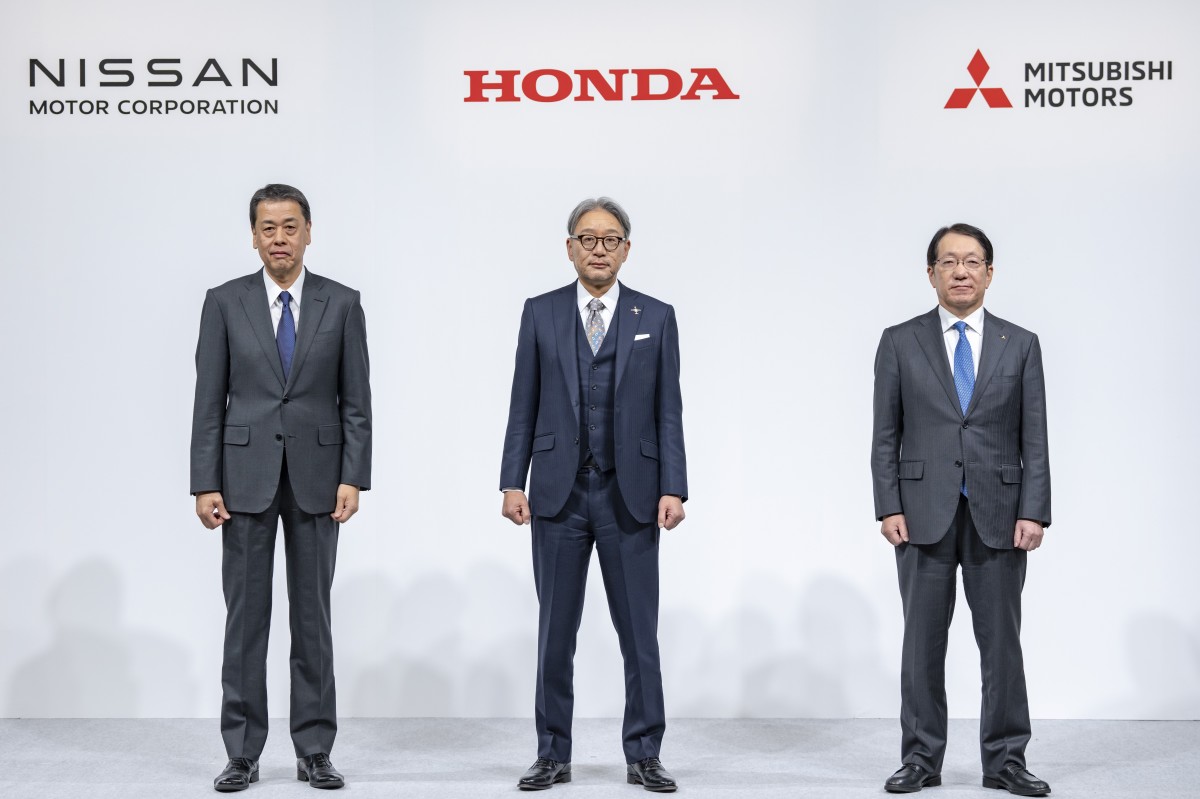
For some time now, Nissan has been navigating a tumultuous path filled with financial challenges, many of which date back to the 1990s. The automaker has relied heavily on Renault’s support, but that lifeline dwindled in recent months as Renault reduced its controlling stake in the Japanese manufacturer.
Amid this uncertainty, eyes have turned toward Honda as a potential savior for Nissan’s fortunes.
Advancing Merger Talks
In a significant development, Honda has officially entered into discussions with Nissan regarding a potential merger, formalized through a Memorandum of Understanding (MOU). This collaboration could position the combined entity as the third-largest automotive powerhouse by sales volume, should both parties finalize their agreement.
“This moment marks a crucial step as we explore avenues for business integration that could redefine our futures,” stated Makoto Uchida, Nissan’s President and CEO. “By merging our strengths, we have the potential to deliver exceptional value to our customers who hold both brands in high esteem. Together, we aim to create an automotive experience that neither company could forge independently.”
The two companies have already initiated steps to bolster their working relationship this year with agreements focused on electric vehicle development and enhanced safety technologies. In addition, a partnership formed in August aimed to fortify their commitment to improving in-vehicle software capabilities, a vital aspect of modern automotive innovation. Renault’s decision to step back paves the way for a more robust collaboration between Honda and Nissan, beyond mere parts sharing.
A Streamlined Timeline
The signing of the MOU is just the beginning; both companies are now tasked with outlining a solid framework for their potential merger. As it stands, Honda is at an early phase of this exploration.
“We are in the preliminary stages of evaluation and have yet to finalize any plans for business integration,” explained Toshihiro Mibe, Honda’s Director and Representative Executive Officer. “However, we aim to identify a clear direction for integrating both companies by January 2025. Our goal is to emerge as a pioneering force that creates groundbreaking mobility value through the synergistic collaboration of our organizations.”
Once a consensus is reached, Honda and Nissan will proceed to draft a definitive merger agreement that will include share transfer plans, anticipated by June 2025. If successful, they aim to secure necessary approvals by April 2026, paving the way for a formal merger later in that year.
Mitsubishi’s Role
While the focus remains predominantly on Nissan and Honda, Mitsubishi is also an important player in this evolving scenario. Since Nissan acquired a one-third share of Mitsubishi in 2016, the partnership has remained resilient, even amidst industry headwinds.
Mitsubishi’s edge in battery technology is noteworthy, particularly through its popular plug-in hybrid, the Outlander, a feature not yet available in its counterpart, the Nissan Rogue. Despite scaling back its model lineup in recent years, Mitsubishi continues to hold a solid foundation in its home market by introducing new offerings, including the high-profile partnership with Yamaha set to debut in the 2025 Outlander for the North American market.
Conclusion
Though these discussions are still in their infancy, signing the MOU represents a substantial leap forward toward a potential merger, reminiscent of the agreement that facilitated the Fiat and Peugeot merger into Stellantis.
As Nissan charts a new course with the rollout of exciting new models like the revived Z, the 2025 Armada, and Murano, the future looks increasingly bright. Should Nissan regain its footing, a prosperous trajectory for Mitsubishi could follow, with Honda poised to take credit for catalyzing this transformative journey.
For more automotive insights, check out our features on the latest models and industry trends.
Source:www.autoblog.com

